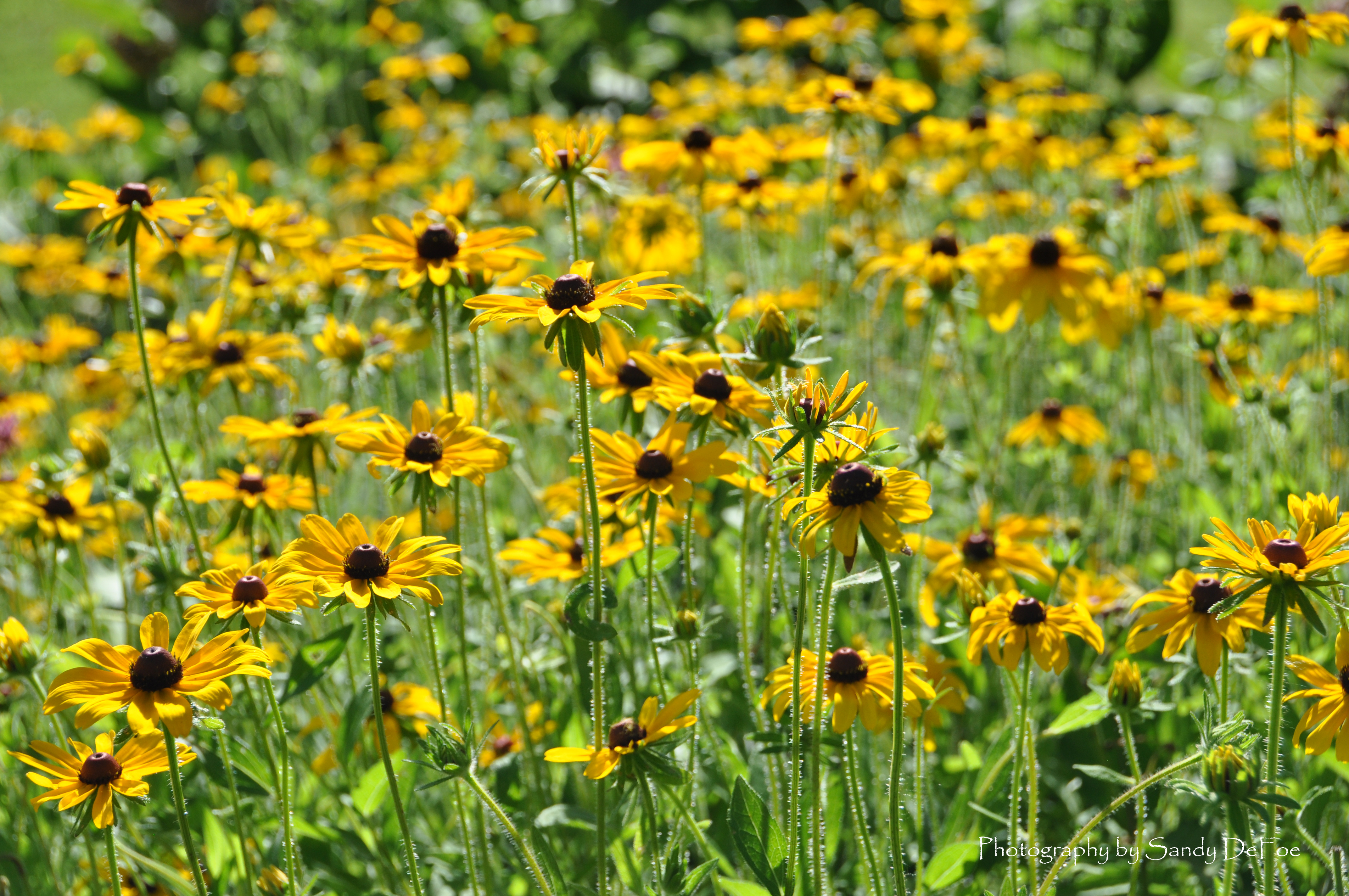By Sandra Nelson
Over the past few years, butterfly milkweed has become the plant poster child in the quest to save Monarch butterflies from possible extinction. The public knows its name and understands its importance to our ecological balance. What many people don’t know however, is that it is an outstanding garden plant — a must have for the summer garden.

Butterfly milkweed, often called butterfly weed, is definitely not a weed! This showy native, once established, grows well in full sun locations. It prefers dry to average moisture levels and thrives in shallow, rocky soil. Clump-forming, a mature plant typically stands 24 to 30 inches high and slowly spreads to about 18 inches. Because of its deep taproot, butterfly milkweed does not transplant easily; it’s best to leave it in place once established. It tends to be deer resistant and is usually not bothered by pests and diseases.

Much to the delight of hummingbirds, bees and numerous species of butterflies, bright orange, nectar rich blooms begin to appear in June and continue throughout August. As the flowers fade, seed pods are formed.
The interesting shaped seed heads begin as green pods, gradually turn brown and split open, releasing seeds into the wind. Seeds easily take root, but can take several years to come to flower.

While butterfly milkweed is best-known as a host plant for the Monarch butterfly,
it is also a host plant for Queen butterflies and a nectar magnet for a variety of species from tiny Grey and Coral Hairstreaks to graceful Swallowtails.
Zones: 3 – 9
Companion Plants:
.




